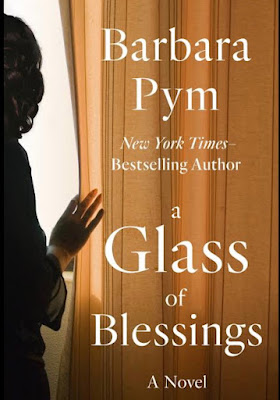The Last Chance Library by Freya Sampson - 2021 - 331 Pages
I totally loved The Last Chance Library by Freya Sampson. I think anyone with a deep passion for reading will totally identify with June Jones, the lead character. It helped me at least for a while stave of the pandemic blues brought on by 660 days of lockdown in Metro Manila.
June Jones, thirty, has never left the small sleepy English village where she grew up. She lives in the house in which she grew up. Her mother, passed away eight years ago, was the town librarian. She got June a job as library assistant and she is still doing that. She loves books reading above all else. She embodies the reading life. On a weekend all she thinks about is the precious reading time. Then one day disaster looms. Because of budget cutbacks, the library maybe closed. She slowly begins to emerge into the larger world, banding with a lovable group of library lovers to fight the closure. The fight to keep it open was as exciting to me as any thriller.
Now, for the first time since her mother passed, June begins to open herself up to other people and new experiences. There are lots of twists and turns. The Last Library has marvelous secondary characters, a perfectly realized cat, villains out to profit from the close of the library and many many references to the books June reads and suggests to patrons. Her literary taste is exquisite. There are even food references.
I don’t want to give away much. There is real sadness In The Last Library but I cannot imagine anyone able to identify with June even a bit not being thrilled by the final results.
“Freya Sampson works in television as a creator and executive producer. Her credits include two documentary series for the BBC about the British royal family and a number of factual and entertainment series. She studied history at Cambridge University and in 2018 was short-listed for the Exeter Novel Prize. She lives in London with her husband, two young children, and an antisocial cat. The Last Chance Library is her debut novel.” .from the book
I hope I get the opportunity to read more of her Freya Sampson’s work and I thank her for this perfect for these ugly times book.
Mel u
The Reading Life


















